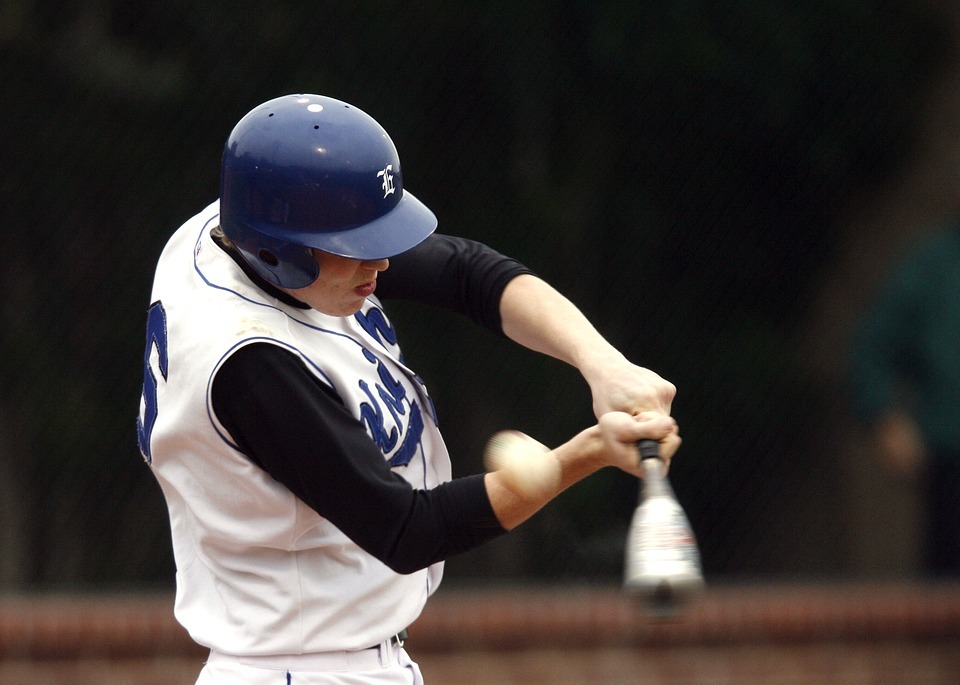 A batting helmet is a head gear worn by batters in the game of baseball or softball. It is meant to protect the batter’s head from errant pitches thrown by the pitcher. A batter who is “hit by a pitch,” due to an inadvertent wild pitch or a pitcher’s purposeful attempt to hit him, may be serious, even fatally, injured. Hence, it is mandatory for players to wear a batting helmet while playing the sport.
A batting helmet is a head gear worn by batters in the game of baseball or softball. It is meant to protect the batter’s head from errant pitches thrown by the pitcher. A batter who is “hit by a pitch,” due to an inadvertent wild pitch or a pitcher’s purposeful attempt to hit him, may be serious, even fatally, injured. Hence, it is mandatory for players to wear a batting helmet while playing the sport.
Batting helmets also come with at least one ear protector on the left (for right-handed batters) and right (for left-handed batters). There are also helmets with ear protectors on both sides.
Basic and cheaper batting helmets are made of plastic with a protective layer beneath. More advanced helmets are made of durable polymers with foam padding interior to keep the player’s head away from the outer shell of the helmet in case of impact. Some helmets also come with metallic faceguard.
Designed to protect the fragile head, these sports helmets are built to be sturdy so they can withstand rough handling and impact during shipping. However, if you are shipping a collectible or valuable batting helmet, it must be well protected to avoid unwanted damages such as scratches and dents. Here are some tips on how to properly pack and ship a batting helmet to ensure that it arrives intact and in good condition.
Secure any moving parts, such as the faceguard, with blue painter’s to prevent it from moving during transit. The painter’s tape will not damage the finish of the helmet nor leave adhesive residue.
Wrap the entire helmet with at least a couple of layers of bubble wrap. Make sure that all parts and surfaces are well-covered and padded. Use tape to secure the wrap in place.
Pack the wrapped helmet inside a sturdy cardboard shipping box that is 3 inches larger than the wrapped helmet on all sides, top, and bottom. Fill the empty spaces on all sides of the box with packing peanuts so the helmet sits snug and not moving in the center.
To test if the package is well packed, close the box and shake. There should be no movement from within the box. If you sensed movement, open the box and add more packing peanuts until there is no more shifting inside.
Close the box and seal with heavy-duty packaging tape. Reinforce flaps and seams, including those in the bottom of the box, with packaging tape. Address and label the package and take to your local post office or shipping company.
